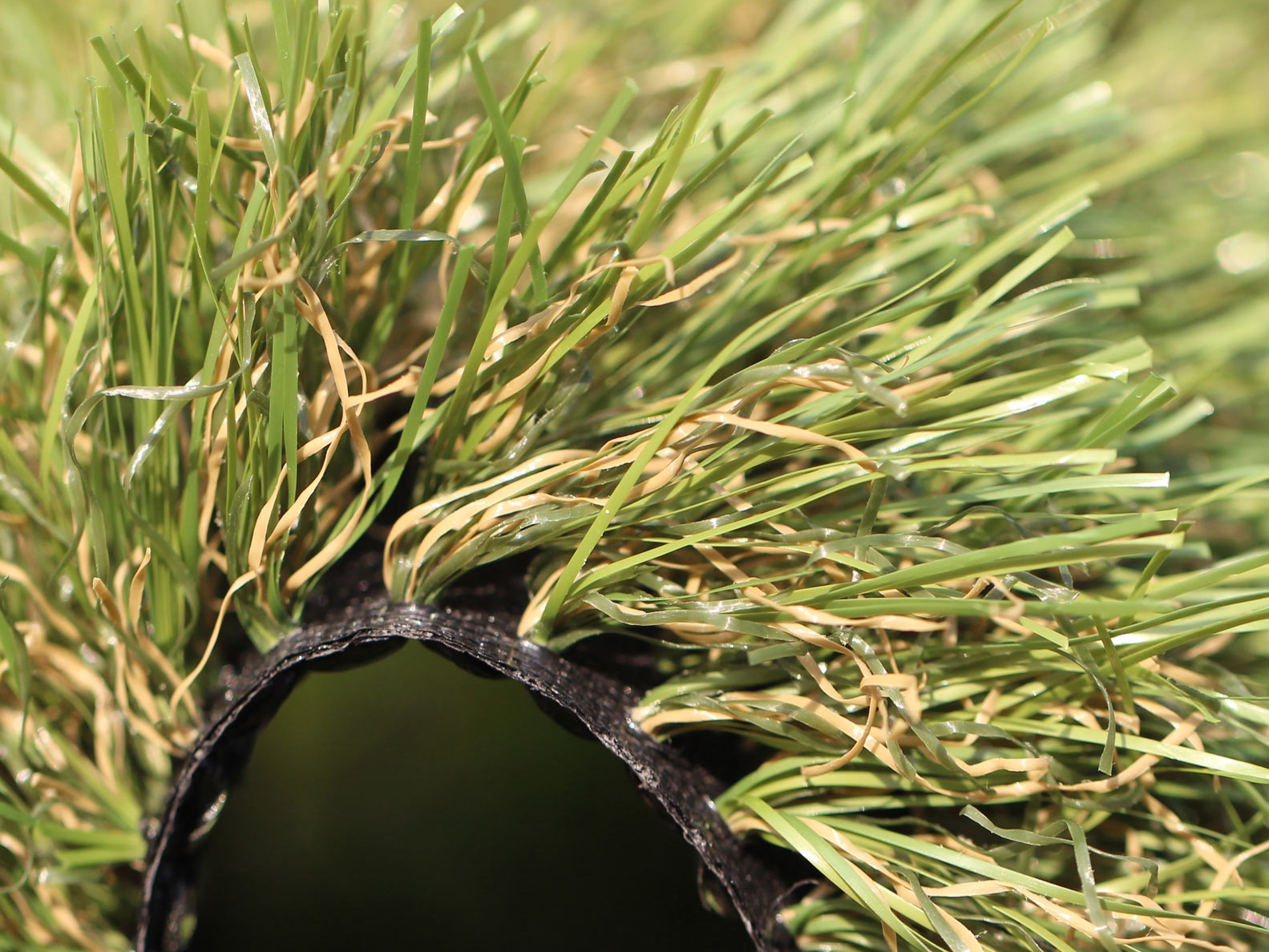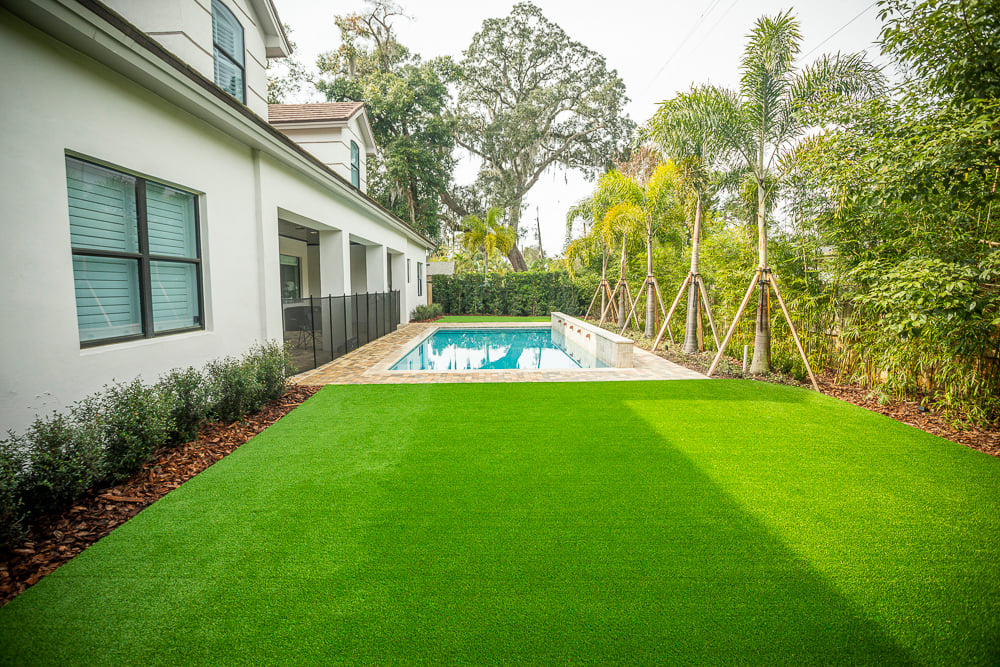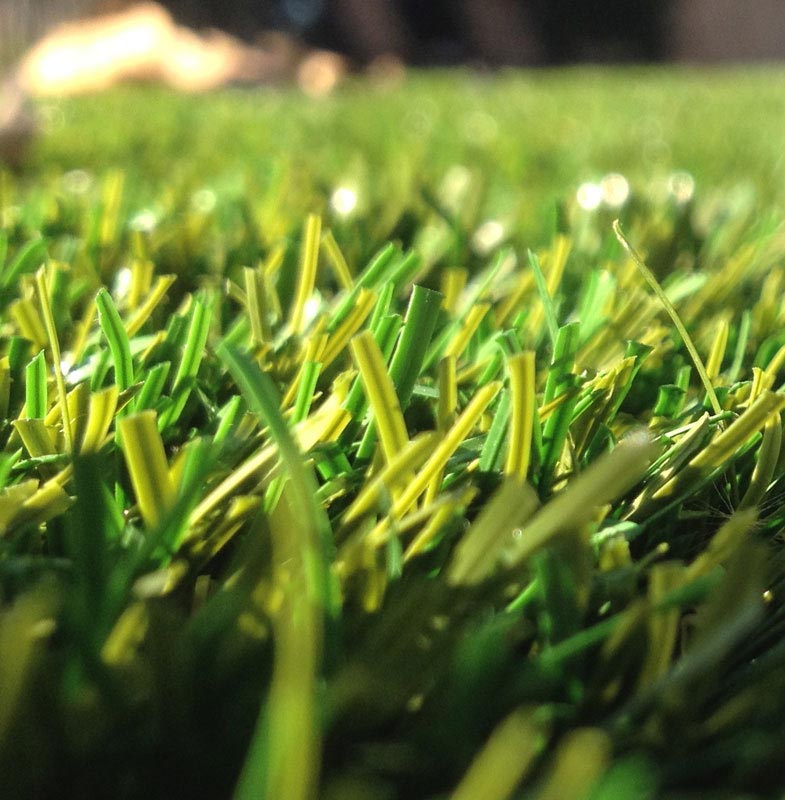See Why Homeowners Prefer Synthetic Grass for Sustainable Landscaping Practices
As property owners increasingly focus on sustainability in landscaping, synthetic grass has actually become an engaging option to conventional turf. Its capability to conserve water, reduce maintenance efforts, and decrease environmental impact positions it as a useful choice for those seeking eco-friendly remedies. Additionally, the aesthetic charm and flexibility of synthetic grass satisfy diverse layout choices. Nonetheless, the implications of this change extend past simple benefit and aesthetic appeals, triggering a closer examination of exactly how these options influence more comprehensive ecological results. What continues to be to be checked out is the complete range of benefits that man-made grass can use to house owners and the atmosphere alike.
Water Preservation Conveniences
One of the most considerable benefits of synthetic grass is its duty in water preservation. Standard lawn yards need considerable quantities of water to preserve their rich appearance, often causing overuse of local water resources, especially in dry regions. In contrast, synthetic grass removes this need completely, as it does not require watering. This not only saves water however likewise minimizes the strain on community water systems, particularly throughout dry spell conditions.
Additionally, the installation of fabricated turf can add to a more lasting landscape. House owners can dramatically decrease their water bills, permitting for reallocation of resources to other ecological campaigns or house usages. Additionally, fabricated turf is created to stand up to different climatic problems without the demand for supplementary watering, making it a suitable choice for areas facing water scarcity.
The ecological benefits expand beyond instant water financial savings. By decreasing water intake, synthetic turf helps to mitigate the effects of environment change, protecting crucial ecological communities that are endangered by excessive water extraction. As sustainable landscaping practices gain traction, man-made lawn arises as a responsible choice for home owners looking for to develop environmentally friendly exterior spaces.
Reduced Maintenance Initiatives
Artificial grass considerably minimizes maintenance efforts compared to typical yard lawns. With fabricated grass, homeowners can get rid of the taxing tasks connected with all-natural landscape design, such as mowing, fertilizing, and weeding. This not only conserves important time however additionally reduces physical labor, making lawn care obtainable for people of any ages.
Conventional lawns require regular trimming to maintain an aesthetically pleasing elevation, whereas fabricated lawn stays regularly lavish without the demand for cutting. Furthermore, property owners no longer require to apply fertilizers or pesticides, which are usually needed to keep all-natural lawn healthy.
Moreover, synthetic grass is long lasting and resilient, requiring minimal maintenance beyond periodic brushing and washing to eliminate particles. This convenience of maintenance allows house owners to enjoy their exterior spaces without the consistent worry of upkeep, giving even more time for leisure and family members activities. Inevitably, the minimized maintenance efforts related to synthetic grass make it an attractive alternative for those looking for a low-maintenance, visually appealing landscape.

Ecological Impact Reduction
There is an expanding recognition of the ecological benefits connected with synthetic grass, specifically in terms of water look at these guys preservation and minimized chemical use. Standard grass need substantial amounts of water, particularly in drought-prone regions, resulting in increased stress on neighborhood water resources. In comparison, fabricated grass removes the need for watering, dramatically decreasing water usage and advertising sustainability.
Furthermore, standard grass maintenance commonly involves the application of find out here fertilizers, herbicides, and pesticides, which can add to soil and water air pollution. Synthetic grass alleviates this ecological threat by calling for minimal upkeep and practically eliminating the demand for harmful chemicals. This not just enhances soil health and wellness however additionally shields neighborhood ecological communities from toxic runoff.
Furthermore, the production of natural grass yards generally involves using nonrenewable fuel sources for cutting and landscaping equipment, further adding to greenhouse gas exhausts. By picking artificial turf, home owners can dramatically decrease their carbon footprint related to lawn treatment tasks.
Aesthetic Appeal and Flexibility
In addition to its ecological advantages, synthetic grass supplies significant aesthetic allure and versatility for landscaping. Home owners can achieve a rich, environment-friendly appearance year-round, getting rid of the seasonal variations typically connected with all-natural grass. This constant visual not just improves the aesthetic appeal of a building but also adds to a refined and properly maintained appearance.
Furthermore, synthetic grass is readily available in a variety of designs, textures, and colors, permitting customization to suit individual choices and style motifs - Phoenix turf companies. Whether used in domestic gardens, industrial areas, or recreational areas, it can seamlessly incorporate right into varied landscape design layouts, from modern-day minimal to rich tropical settings
The flexibility of synthetic turf extends past simple appearance; it can be installed in numerous areas, including rooftops, patio areas, and even interior areas, producing opportunities for unique landscape design remedies. Furthermore, it appropriates for a series of tasks, from children's play areas to pet-friendly settings, supplying performance without compromising design.
Ultimately, the visual charm and versatility of synthetic grass make it an eye-catching option for property owners seeking lasting landscape design solutions that do not compromise beauty for environmental obligation.

Long-Term Cost Financial Savings
One of the most compelling benefits of fabricated turf is its capacity for lasting cost savings. Unlike all-natural grass, which needs routine upkeep-- consisting of mowing, watering, fertilizing, and insect control-- fabricated turf substantially lowers these continuous expenses.
Additionally, synthetic grass has a lifespan of 15 to 25 years, depending on its high quality and usage. This longevity minimizes replacement expenses, making it a more cost-effective selection in the future. The preliminary financial investment in fabricated grass can typically be redeemed through the savings Related Site accumulated over time.
While the in advance expense may seem greater contrasted to sod installation, the cumulative financial savings from lowered upkeep and water use typically exceed these initial expenses. Inevitably, the adoption of synthetic turf not just advertises a lasting landscaping solution yet additionally provides property owners a financially wise choice that aligns with lasting budgeting objectives.
Final Thought
Synthetic grass arises as a compelling alternative for sustainable landscaping, supplying considerable advantages in water preservation, lowered maintenance initiatives, and lessened environmental influence. Its aesthetic allure and convenience improve the visual landscape while straightening with contemporary sustainability goals. Furthermore, long-lasting cost financial savings add to its attractiveness for house owners. As communities increasingly focus on eco friendly methods, the fostering of synthetic grass represents a dynamic step toward accomplishing lasting and resilient landscapes.
In addition, artificial turf is developed to endure different climatic conditions without the need for additional watering, making it a suitable selection for areas dealing with water shortage. (Arizona artificial turf)

Fabricated grass emerges as an engaging choice for sustainable landscape design, using significant benefits in water conservation, decreased upkeep initiatives, and lessened environmental influence.